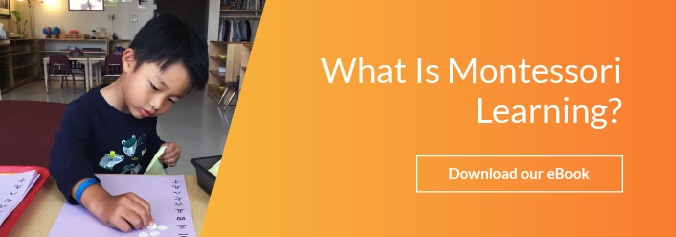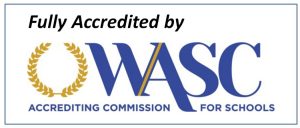Montessori education and traditional education differ in several important areas. The design of the curriculum, the classroom, and the goals for students all differ significantly between these two educational options. Understanding how these two options differ can help you choose which one is the best fit for your child.
Student-directed learning
The design of Montessori curriculum differs significantly from the design of traditional education. The Montessori Method posits that students should be active participants in deciding what and how they learn. When students are involved in choosing how they learn, it helps them develop a sense of personal responsibility when it comes to their education. This design helps maximize student engagement and focus because they learn concepts through topics that interest them. The teacher in the Montessori classroom learns about the interests and preferences of the students and provides individualized educational opportunities for each child.
Mixed-age classrooms
The Montessori classroom has a mixed age design. You will find that students are not grouped solely with others that are the same age or in the same grade. This is much different than the public school classroom where students are grouped almost exclusively based on age. The reason for the mixed-age design is twofold: younger students get the opportunity to learn from older students, and the older students get the opportunity to learn-through-teaching in their interactions with their younger peers. Younger students can learn about interacting with others when they watch how older students speak to the adults in the classroom. Older students can cement a concept in their mind when they are faced with the task of explaining it in a way a younger student can understand. There are many examples of how students can benefit from being in a mixed-age Montessori classroom.
Low student to teacher ratio
You will find that the Montessori classroom has a lower student to teacher ratio than the traditional classroom. This is an intentional design that allows for increased individualization in the curriculum. When the classroom size is smaller, the teacher has the opportunity to tailor instruction to the individual needs of each student. Students can accelerate through concepts quickly or spend more time on a concept when needed. This pace allows the teacher to ensure that students master concepts before moving on. No one is left behind or feeling bored because other students are working at a different pace.
Focus on long-range goals
The goals for Montessori education are different than those of traditional education. In a public school setting, teachers feel the pressure of making sure that students perform well on the standardized measures required by the state. This pressure can shift the focus off of long-range goals like doing well in life to short-range goals like performing well on tests. The overarching goal of Montessori education is to prepare students to succeed in life beyond the classroom. The focus on this long-term goal informs the design of every aspect of Montessori education.
As you can see, there are some big differences between Montessori education and traditional education. You can see these differences in action by scheduling a time to observe in a Montessori classroom. Observing a Montessori class is an excellent way to understand what sets it apart from the public classroom.












Let us know what you think about this post
Put your Comment Below: